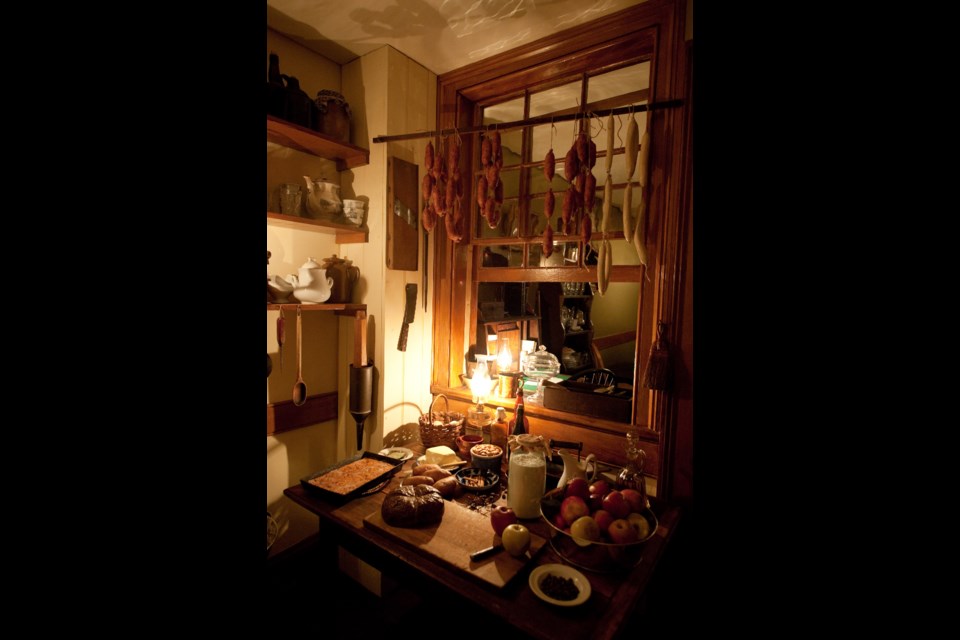The Lower East Side Tenement Museum is one of the more intriguing activities New York has to offer.
Housed at 97 Orchard St., the museum is part of a unique network of "social conscience" museums that use real life stories and heirlooms to recreate history. Here, it's of the everyday lives of those immigrants who helped shape New York's history and culture.
In its heyday at the turn of the last century, this part of the city produced 85 per cent of garments for the entire United States, and the area teemed with new arrivals: Jewish Eastern Europeans, Germans, Irish, Italians and others.
Most came with the intent of living the American dream, but the facts of their lives were stark.
Tenement living was crowded, noisy and unsanitary, and always either too hot or too cold. Yet with little choice, from 1863 to 1935, some 7,000 immigrants made 97 Orchard St. their home.
By the mid 1930s, when legislation required landlords to fireproof hallways and undertake other upgrades, many of these cockroach-infested tenements were torn down. Except for No. 97, where the owner deemed it easier to evict the tenants and board the building up.
This is how it remained for more than half a century during which it has become something akin to a time capsule. The faded wallpaper still oozes the smell of soot from the coal-burning stoves, the paintwork has turned the colour of tobacco and the stained wooden staircases creak at every step with the pain and anguish of the building's history.
One of the oldest tenements in New York, No. 97 is typical of its day. Each of the five floors accommodates four tiny apartments, no more than 350 square feet, and each housed an average of six people as well as, in many instances, the family business.
The intimate stories of the building's past occupants are compelling. The Gumpertz family's dream for a better life took an unexpected turn when one day in 1878 Nathalie Gumpertz's shoemaker husband went to work and never returned, forcing his wife into the dressmaking business (out of the front room) in order to support her four young children. One child was dead within a year.
Then there is rags to riches history of Polish-born Harris and Jennie Levine and their four children who lived, worked, cooked, ate and slept in three tiny rooms that were - and still are - crammed with beds, cribs and household essentials alongside machinery that comprised a small garment factory.
As with all the families represented here, research is a slow, time-consuming process of delving into genealogy, exploring their trades and work, and the things they could have afforded and would have liked to put in their home.
Wherever possible, family members were tracked down to help recreate a real-life story. Although it can take years to gather enough information to re-occupy an apartment, it's an approach that has made the Tenement Museum both a National Historic Landmark and a founding member of the International Coalition of Historic Site Museums of Conscience, a worldwide network that use a site's history to explore contemporary social issues ranging from racism to genocide.
Members include South Africa's District Six (Apartheid) Museum, The Gulag Museum (Russia), The Slave House (Senegal) and The Workhouse (England).
At the Tenement Museum, displays show how immigrants shaped the garment industry that seems to have changed little from one century to the next. The Lower East Side currently houses an estimated 500 garment factories, 80 per cent of which are owned by Chinese immigrants. Hence, history is shedding light on a very current issue.
Travel Writers' Tales is an independent travel article syndicate that offers professionally written travel articles to newspaper editors and publishers. To check out more, visit www.travelwriterstales.com.



